I’ve long held a deep interest in exploring cuisines, food cultures, the social pleasures of a shared meal, and food as a basis for storytelling. I grew up eating from a CSA and my neighborhood co-op market which have influenced my deep-found love for our local food system.
Recently, however, I’ve grown interested in and developed an appreciation for food systems on a global scale. As an intern with the International Food Policy Research Institute (IFPRI) this summer, I’ve been offered a glimpse into the power of food beyond pleasure: food as a catalyst to fight malnutrition, create jobs, stimulate the economy, and empower women, just to name a few.
While this creates a much more complex narrative around the topic of food, I am enthused that my joy and passion for food has blossomed into an opportunity to further something other than my own personal gastronomic pleasures.
What I’ve learned is that the current and future state of our food system is complicated, and what we see in the grocery store is not indicative of the world’s food supply… Or, at this rate, what we’ll see in 35 years. That being said, there is much opportunity and a great need for change in terms of how we produce, distribute, consume, and value food. I hold much hope in our generation, and all of us die-hard food enthusiasts to use our interest and passion for food as a driver for change in the global food system.
Here’s a list of 10 things you need to know about the future of food.
1. Livestock

Photo courtesy of ©IFPRI
Each year, 276.5 lbs of meat is consumed per person in the United States; that’s over 3 times the global average. This has resulted in more large scale livestock production — a threat to water supplies, and thus, human health.
2. Hunger
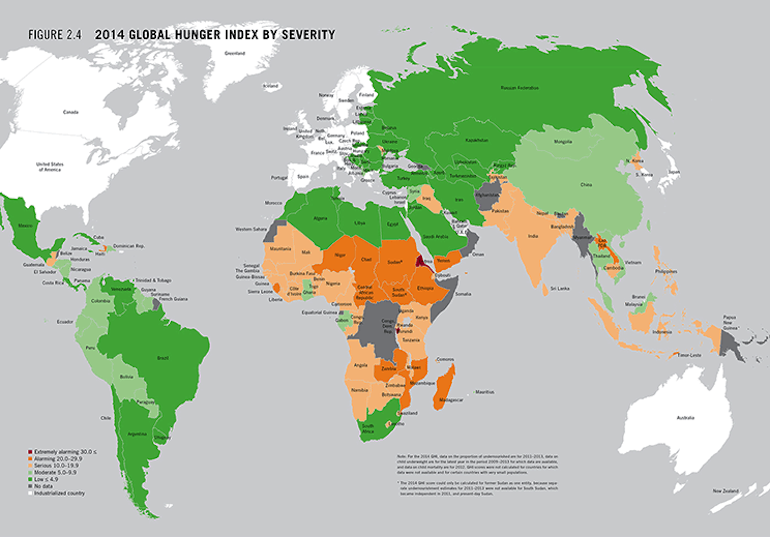
Photo courtesy of ©IFPRI
As of last year, 805 million people were hungry, and 2 billion people lacked essential micro-nutrients, globally. The goal is to end hunger and under-nutrition by 2025.
3. Climate change
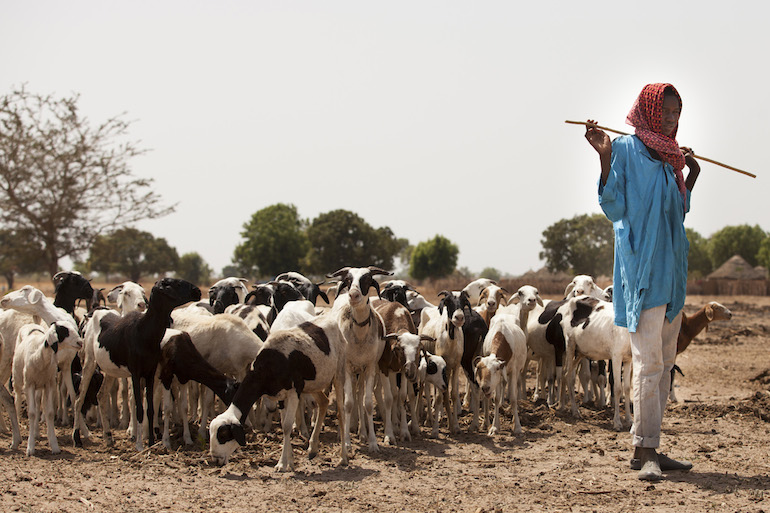
Photo courtesy of ©IFPRI/Milo Mitchell
Due to the impacts of climate change, crop yields will decrease in many areas of the world.The market forces of supply and demand will likely result in food prices rising significantly, especially among staple crops such as corn, wheat, and rice.
4. Food waste
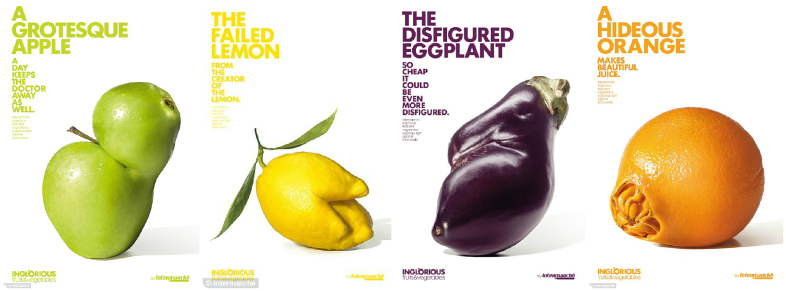
Photo courtesy of Indonesia Global Design Studio
33 percent of all food produced in the world is lost or wasted. In the U.S. and other developed countries, food loss happens mostly in the retail and consumption stage–meaning safe, edible food is tossed because its size or shape does not conform.
In contrast, developing countries see food loss predominantly in the production and storage stage, due to lack of refrigeration technologies and poor postharvest handling practices.
5. Agriculture
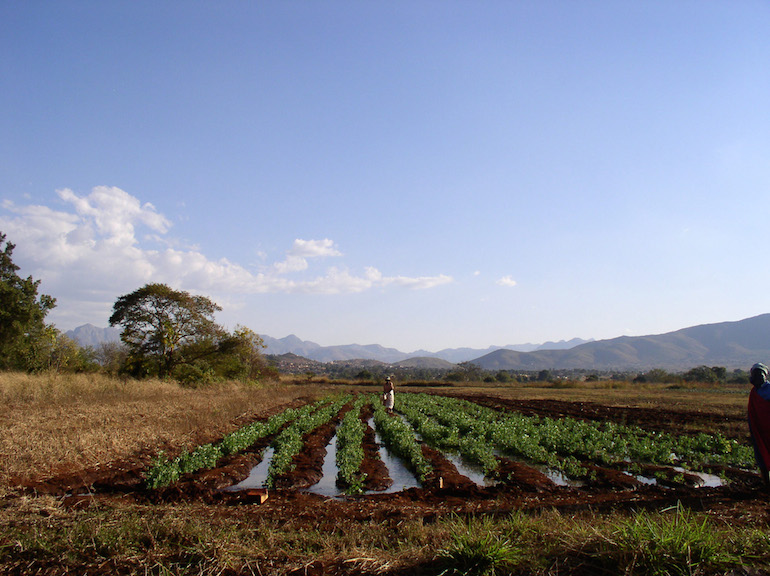
Photo courtesy of ©IFPRI/Claudia Ringler
Globally, land degradation affects 1.5 billion people. Sustainable farming practices that consume fewer resources without degrading the land can help combat this issue. Organic agriculture is one way to do this since it does not use synthetic fertilizers, pesticides, and herbicides, and protects the land (and water!) for future use.
6. Globalization
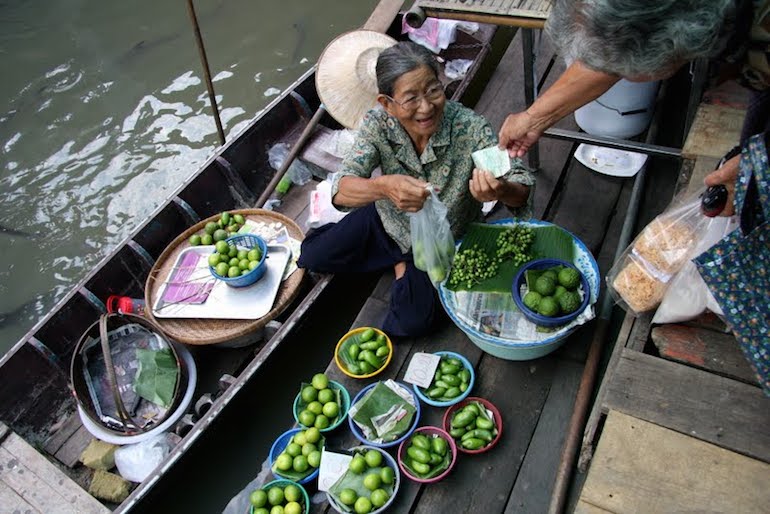
Photo courtesy of ©IFPRI/Gert-Jan Stads
Let’s face it — our need for food is one thing that we all have in common. In this age of globalization, another country’s problem is our problem too. The US may be the richest country on earth, but we are greatly dependent on other countries’ food supplies.
7. Malnutrition

Photo courtesy of ©IFPRI/Dani Bradford
Quality and quantity are equally important. Over a third of the world population is malnourished, which includes those who consume enough calories. To combat this “hidden hunger,” we need to promote diverse diets that include nutrient-rich foods, such as fruits, vegetables and pulses (ex: lentils).
8. Farm to fork
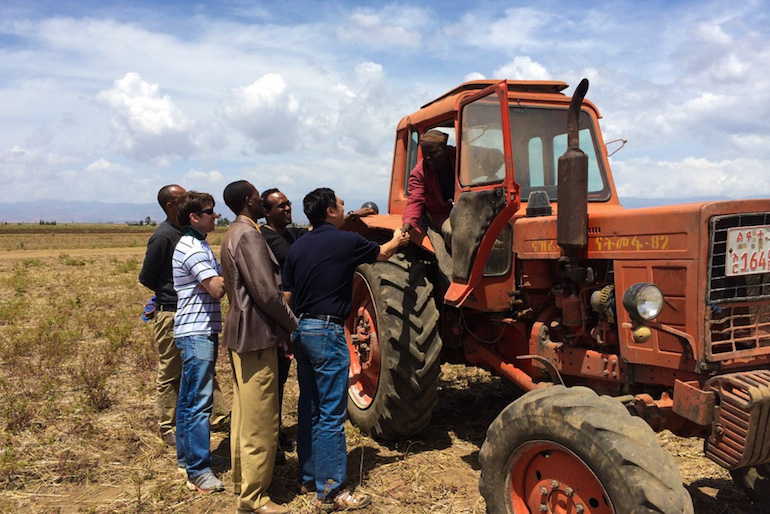
Photo courtesy of ©IFPRI
Get to know and support the faces behind our food system. Ensuring a sustainable food future starts with building relationships with farmers — something we all should strive to do.
9. Food policy
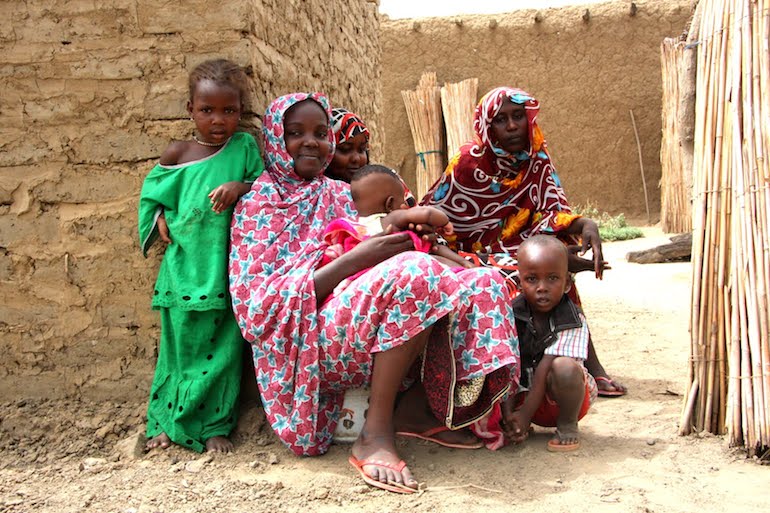
Photo courtesy of ©IFPRI/Gert-Jan Stads
The politics of food reveal the unequal opportunities and discriminatory practices that create significant barriers to people being able to produce and access nutritious food.
Solving this problem starts with exposing these injustices, conducting research, and communicating to governments that policy change is urgent if everyone is to have access to safe, healthy food.
10. Food Safety
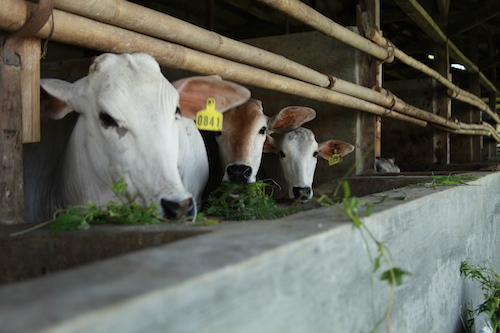
Photo courtesy of ©IFPRI/Gert-Jan Stads
Globalization has caused our food system to become highly reliant on food trade; with this comes concerns around global health, and the need to manage risk at every stage, from farm to plate.
For example, worldwide there have been numerous E.Coli outbreaks and cases of Salmonella poisoning. These incidents and others often result from contaminated food, which causes 200+ diseases and millions to fall sick each year.

